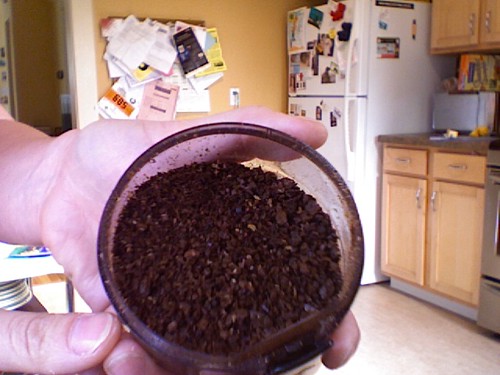I bought a Rancillo over ten years ago and have been very pleased with it. You can change the grind with amazing precision from extra coarse to extra fine. Other than cleaning it, I have done nothing to it. The bur grinders are the originals.
The Roncillo's are great grinders but so is the price. The ones I've seen are north of 300 bucks. I've had a maestro for about 6 years and it does everything I need in a grinder.


